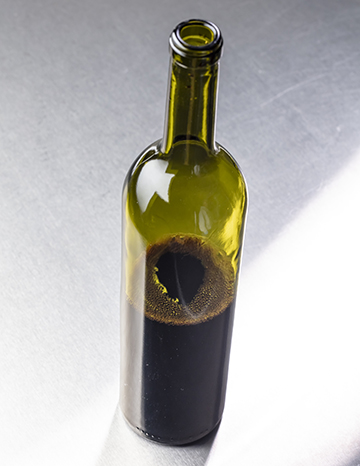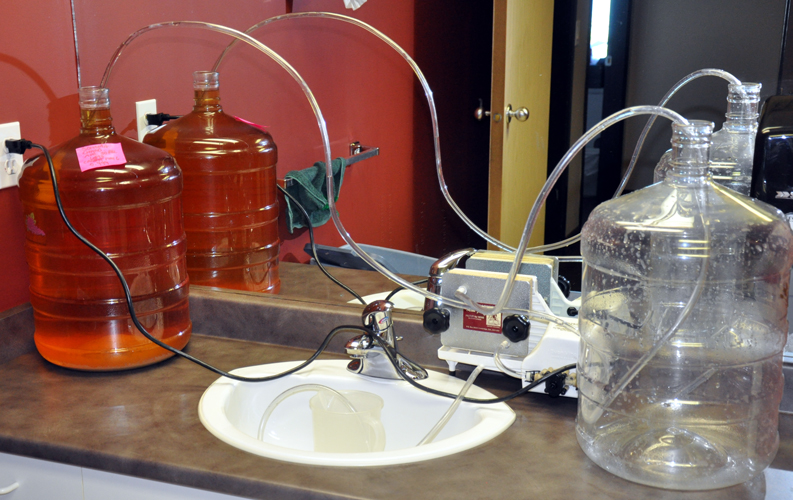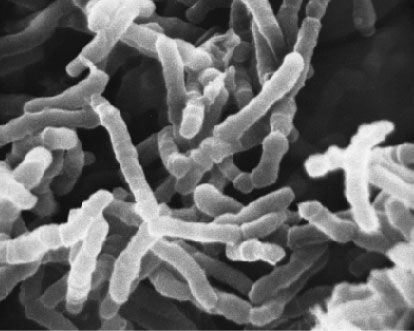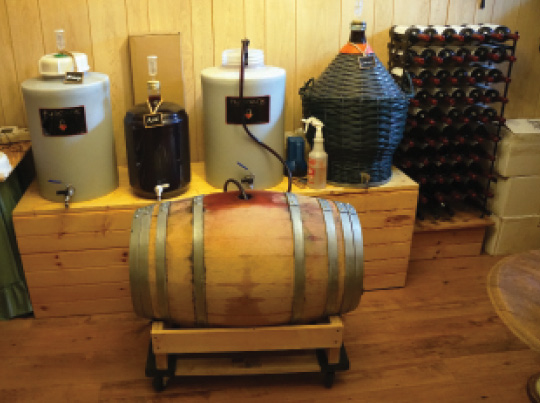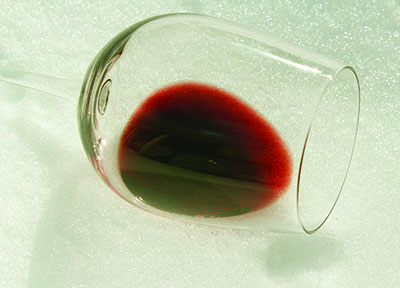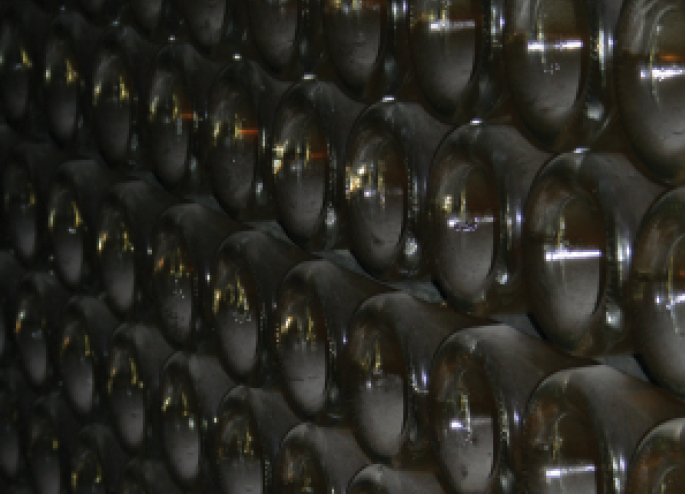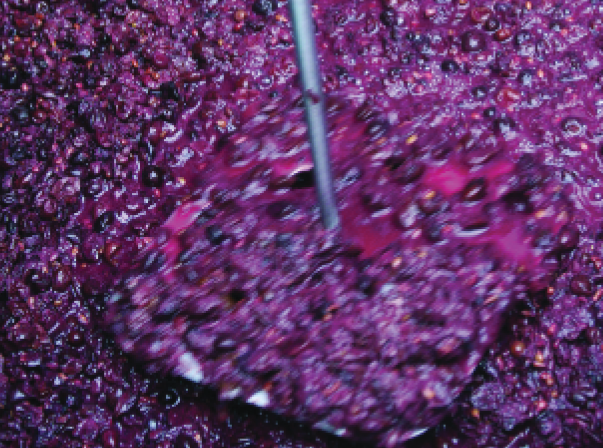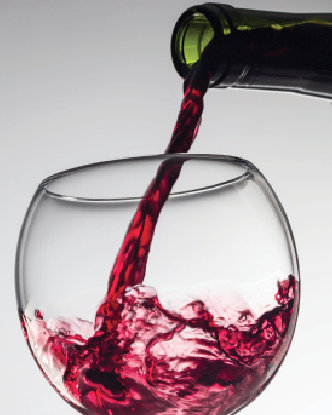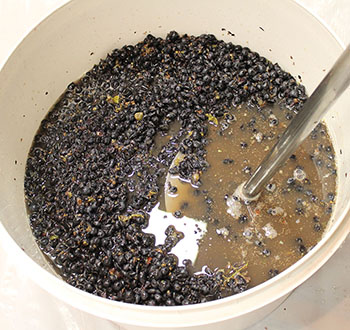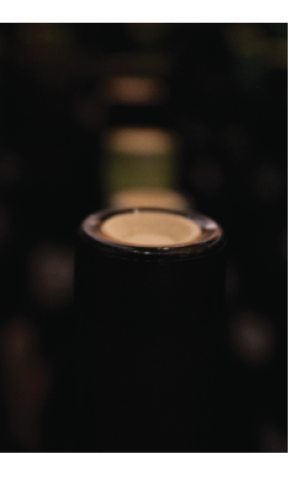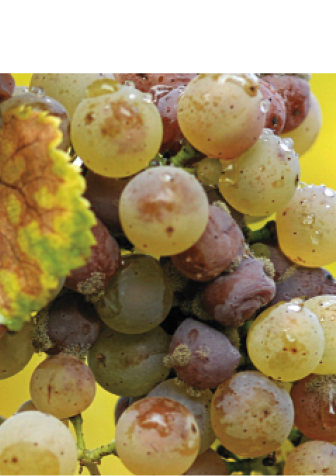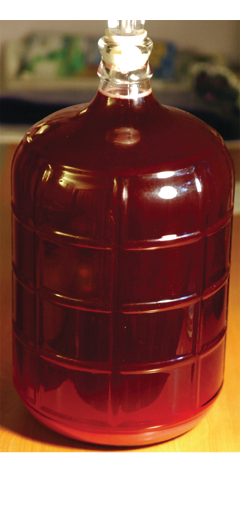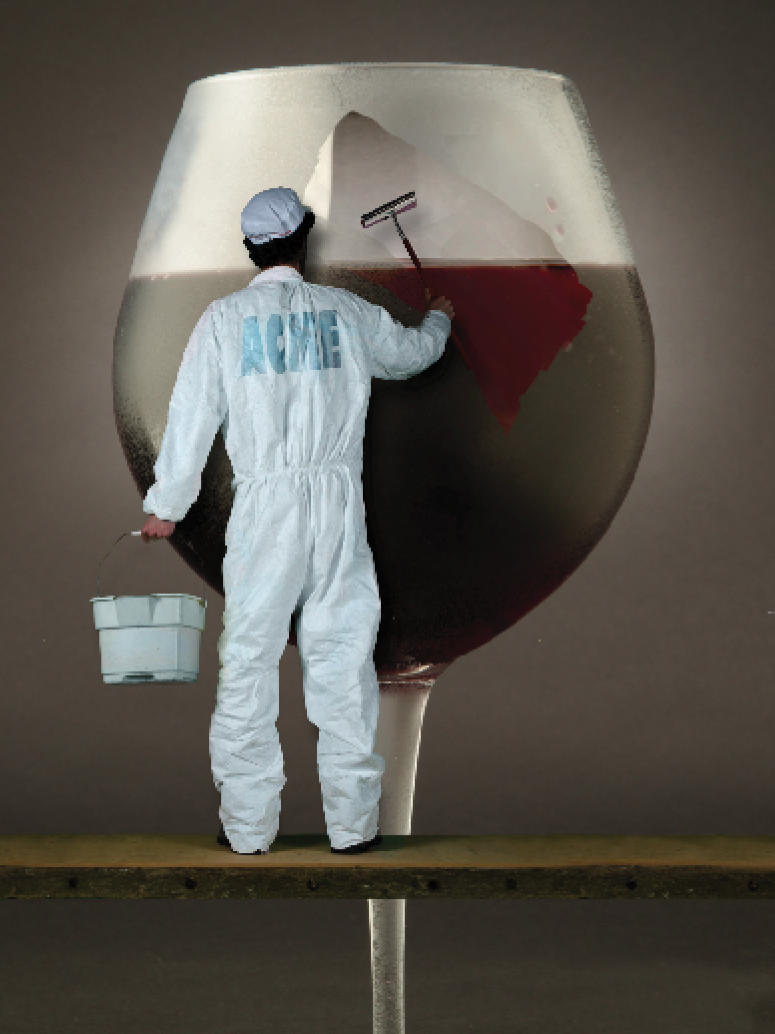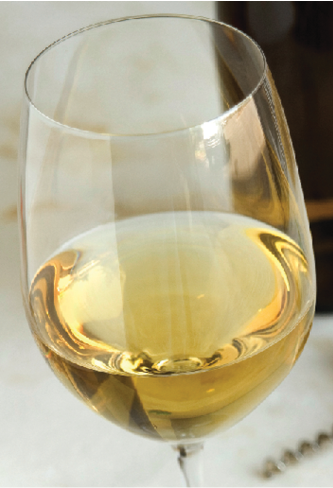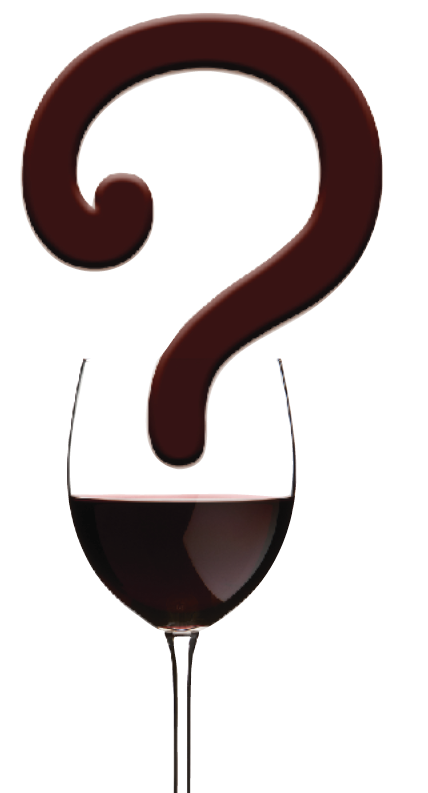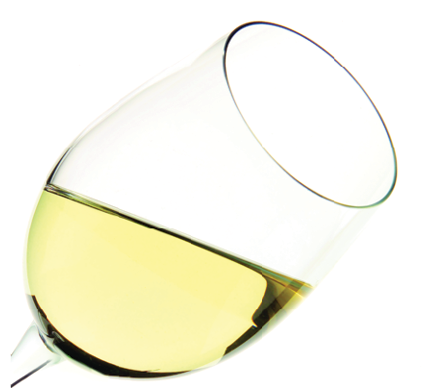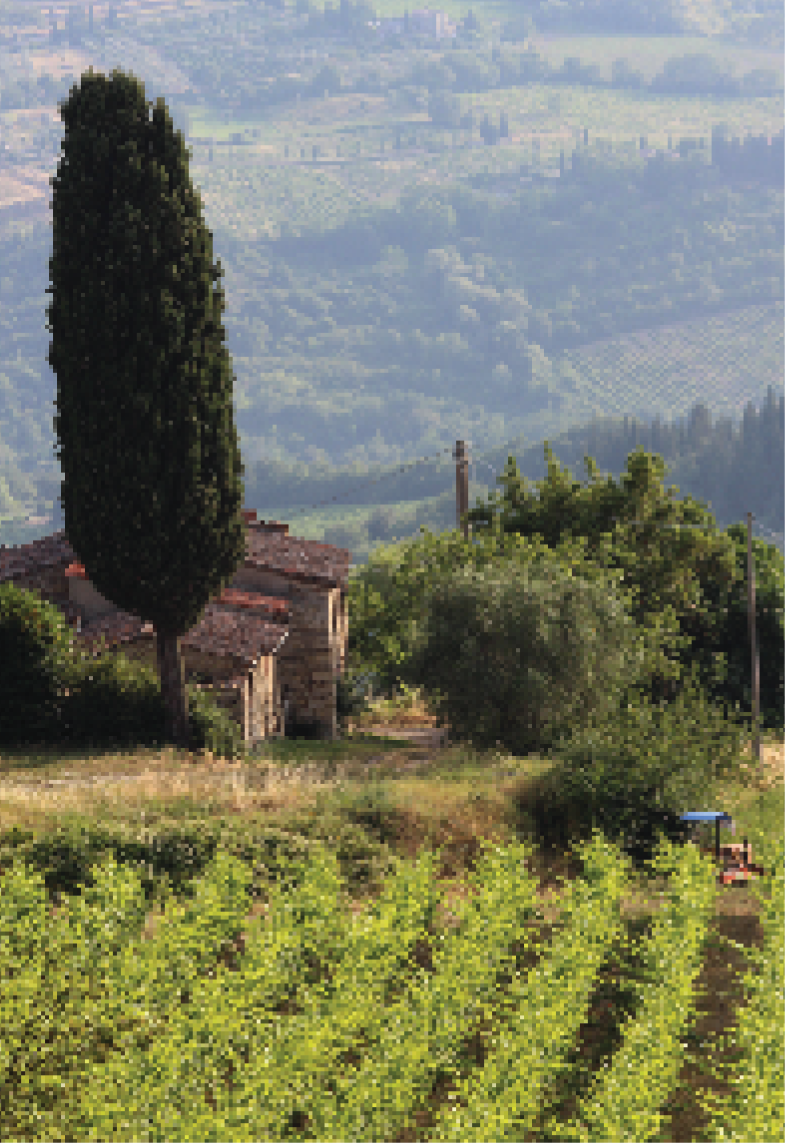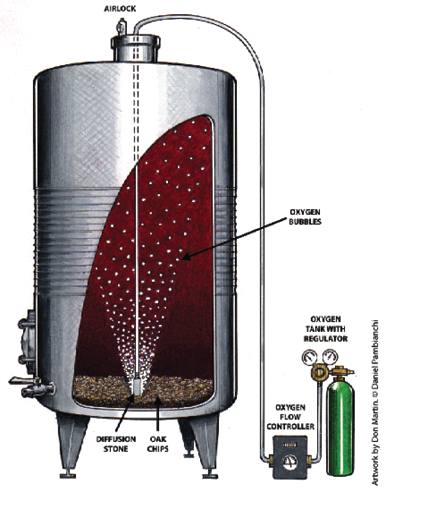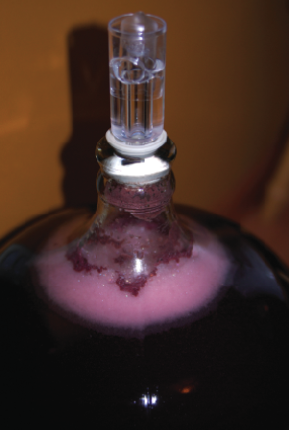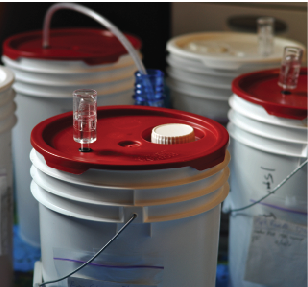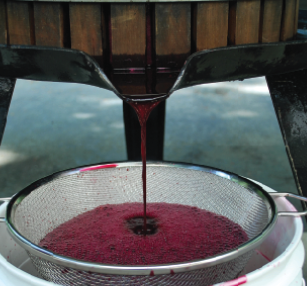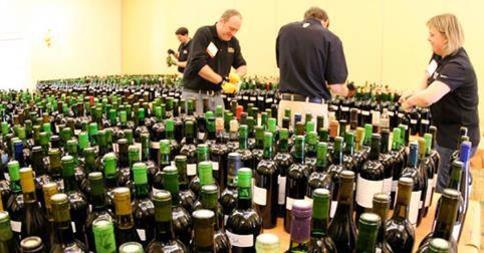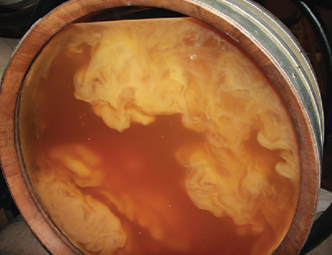Writer: Daniel Pambianchi
Understanding and Measuring Residual Sugars
Looking at Brix (or specific gravity) alone isn’t a great indicator whether a wine is microbially stable, and therefore determining if there is risk of refermentation. Even home winemaking tools that measure residual sugar lump fermentable and non-fermentable sugars together. After years of performing tests, Daniel Pambianchi explains how winemakers can predict with confidence whether their wines are safe to bottle.
Wine Filtration 101
You want to start a heated and emotionally charged discussion on a controversial topic? Ask a group of amateur winemakers for their thoughts on the impact of filtration on wine. Chances are
Malolactic Fermentation
Malolactic fermentation (MLF) is a secondary fermentation occurring when malolactic (ML) bacteria become active in the presence of malic acid. Bacteria may be present naturally in fresh grape juice or wines. It
Good Oxygen
Positive affects of oxidation? How can that be? Wine-makers know that oxygen negatively affects wine. A little oxygen, however, can actually be beneficial to your homemade wine. Two common winemaking practices that
Bad oxygen
We often read that air (and especially the oxygen it contains) is a wine’s worst enemy. Oxidized wine becomes devoid of subtle and fruity aromas that make it seem tired, as if
Aging Potential: Understanding the lifespan of your wine
For many wine lovers, the subject of a wine’s aging potential can be intimidating or seem like artful science that is best left to the wine gurus of the world. Some are
New Skills: Master maceration
Maceration is the process in red winemaking of letting the crushed grape solids soak in the juice. It is during maceration that key compounds are extracted from the grape juice and solids,
Minerality in Wine
Terms such as “mineral taste” and “minerality” have entered the modern wine lexicon and into common usage probably by traditionalists in an attempt to link the equally ill-defined concept of terroir to
Understanding YAN
If you want to make good homemade wine, you should learn to manage your wines’ YAN — yeast assimilable nitrogen.
Bottling & Aging Wine
Fill It Up With all the preparatory work — rinsing, sanitizing and more rinsing — bottling can become overwhelming as one’s production increases. That can quickly turn into many hours of bottling
Detecting, Measuring, and Preventing Volatile Acidity
You’ve worked long and hard to craft that awesome red wine but now, you go down to the cellar to taste a sample out of the carboy or oak barrel to see
Sulfite Calculator
Introduction The Sulfite Calculator is a simple yet very useful tool to quickly calculate the amount of sulfite needed to adequately protect a wine. It calculates the amount of sulfite based on
Making Sherry-Style Wines
Sherry is the fortified wine from Jerez, Spain, made in soleras and conditioned with flor yeast.
Simple Sulfite Wine Chemistry
There is no denying: Sulfur dioxide (SO2) can be a source of headaches for winemakers — even without drinking any wine. Why does SO2 continue to be such a perplexing and confusing
Guide to Cleaning and Sanitizing Winemaking Equipment
We can probably all agree that readying equipment for winemaking is not exactly a carboy of fun; nevertheless, it is an absolutely crucial aspect of winemaking. Reports of wine gone bad and,
Techniques to Reduce Sulfite Additions
In spite of their long history as wine preservatives dating to the days of the Romans, sulfites can receive a bad rap. Many suspect that sulfites cause headaches or believe that any preservative is harmful, and so, there is a strong push to eliminate — or at least reduce — the use of sulfites and any additives perceived not to be “natural.” Let’s take a look at some of the strategies to reduce sulfite use.
Troubleshooting Guide for Home Winemaking
A perfect stranger wanting to strike up a conversation about winemaking once came up to me and said, “Making wine is really easy. Don’t believe anyone who says otherwise.” Making wine is
Making White Wines with Less Sulfite
Managing oxygen is key in making reduced-sulfite or sulfite-free wines. A dissolved oxygen (DO) meter is a wise investment; you can buy a portable model for less than $300. Then you can
10 Italian Red Wines to Make at Home
NEBBIOLO Nebbiolo derives its name from nebbia, in reference to the foggy conditions under which it is typically harvested, and possibly from nobile, as it is considered the most noble of Italian
Reducing Use of Winemaking Sulfites
Inexperienced amateur winemakers are often misled thinking that making red wine is easier — or at least more foolproof — than making white wine because reds are better protected by polyphenols from
Using Winemaking Enzymes
Many winemakers shun the use of additives, including enzymes, to respect the wine’s “naturalness.” But juice is laden with natural enzymes, and once inoculated with yeast, fermenting wine is under the control
Understanding Oxygen and Oxidation in Winemaking
As budding winemakers, one important principle we heed is protecting juice (must) and wine from oxygen’s baneful effects. But then we learn that yeast needs a “little” oxygen for a good fermentation,
15 Keys to Winemaking Success
As we look back at the many wines we made, we cherish the memories of those winners that amazed our friends and family. But there have been failures too and perhaps some
Choosing Corks and Wine Closures
As I walked about the roomful of wine following April’s WineMaker International Amateur Wine Competition judging, I was reminded of how little thought is given to closures. Winemaking problems notwithstanding, this could
Bâtonnage Winemaking Techniques
You want to add extra body and mouthfeel to your wines, or perhaps enhance those buttery or yeasty aromas and flavors in your barrel-fermented Chardonnay? Or maybe even round out those sharp
